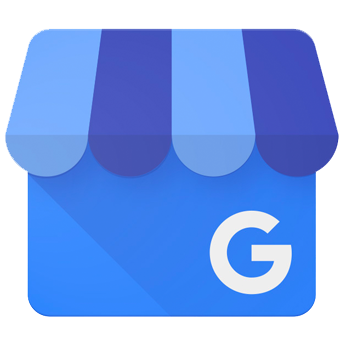Facebook Messenger Platform Integration
Learn more about the Facebook Messenger Platform and its platform-specific features that can be used with the Jovo Framework.
Installation
Install the module:
Import the installed module, initialize and add it to the app object:
Configure the module:
Configurations
Automatically set greeting-text
To set the greeting-text on startup you have to set the following configuration:
Automatically set launch-payload
To set the launch-payload on startup you have to set the following configuration:
Automatically set persistent menu
To set the persistent menu payload on startup you have to set the following configuration:
Disable synchronous response
By default, tell and ask generate a message that will be sent shortly before responding to the initial request.
As a consequence, this message will always be the last message sent.
If you do not like this behavior, you can disable it by setting the shouldIgnoreSynchronousResponse-property to true in the configuration:
Introduction to Messenger Specific Features
You can access the messengerBot object like this:
The returned object will be an instance of MessengerBot if the current request comes from Facebook Messenger. Otherwise undefined will be returned.
Output
These sections provide an overview of Facebook Messenger specific features for output. For the basic concept, take a look here: Docs: Basic Concepts > Output.
No Reprompts
Facebook Messenger does not support reprompts. Any reprompt passed to ask will be ignored.
Asynchronous Responses
Facebook Messenger allows sending multiple messages asynchronously.
All asynchronous methods for sending messages return a AxiosResponse. It is recommended to wrap these call in a try-catch-block to catch possible errors thrown by the API.
INFO: The message that results from calling
telloraskwill be the last message sent! This behavior can be disabled, read more here.
You can read more about sending messages here.
Overwrite default-output
The speech of tell and ask can be overwritten:
Additionally, quick-replies can be overwritten and added:
Sending Text
The following example shows how to send a text-message:
INFO: The message that was created by calling
telloraskwill always be the last message to be displayed. Even if theshowText-method was called after. Read more about disabling that behavior here.
Text Message Options
When calling the text-method an object with the following properties can be passed:
| property | type | description |
|---|---|---|
| text | string |
Required. The text that will be displayed |
| quickReplies | Array<QuickReply | string> |
Optional. Quick-Replies that will be shown below the text. |
| messageType | MessageType |
Optional. The type of the message. Defaults to MessageType.Response. |
Sending Quick Replies
Quick-replies can be sent by passing the quickReplies property to the options of the showText- or showAttachment-method:
Read more about quick-replies here.
In addition to manually creating a QuickReply-object, the helper classes TextQuickReply and BuiltInQuickReply can be used.
INFO: When passing a string, a TextQuickReply will be created from that string.
TextQuickReply
TextQuickReply can be used to create a QuickReply-object that displays text.
BuiltInQuickReply
BuiltInQuickReply can be used to create QuickReply-object that either displays the user's email or phone number and provides an easy to way for the user to reply with this information.
Read more about built-in quick-replies here and here.
Sending Attachments
Facebook Messenger allows sending attachments, which includes audio, videos, images and files.
Read more about sending attachments here.
Attachment Options
| property | type | description |
|---|---|---|
| type | AttachmentType |
Required. The type of the attachment. |
| data | Buffer | string | number |
Required. The data to be sent with the attachment. |
| quickReplies | Array<QuickReply | string> |
Optional. Quick-Replies that will be shown below the attachment. |
| isReusable | boolean |
Optional. Determines whether the resource is reusable. |
Sending an Action
Actions allow controlling indicators for typing and read receipts.
SenderActionType
The following actions are supported:
- MarkSeen = 'mark_seen'
- TypingOn = 'typing_on'
- TypingOff = 'typing_off'
There is also a helper method that sends the TypingOn and TypingOff action with a delay.
Read more here.
Sending Templates
Facebook Messenger allows sending templates.
Read more here.
GenericTemplate
The following example shows how to send a generic template:
Read more here.
ButtonTemplate
The following example shows how to send a button template:
Read more here.
MediaTemplate
The following example shows how to send a media template:
Read more here.
ReceiptTemplate
The following example shows how to send a receipt template:
Read more here.
AirlineTemplate
The following example shows how to send an airline template:
Read more here.






